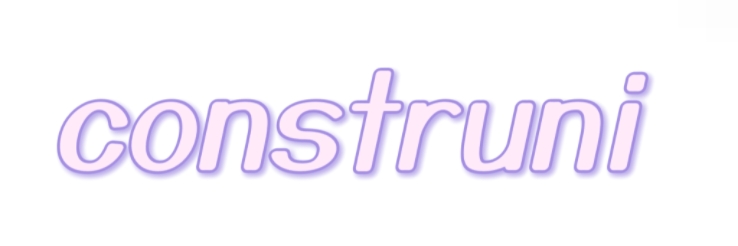Revolutionizing Textiles: Foamy Fiber Reinforcement Innovations
Oct. 11, 2024
In recent years, the textile industry has undergone a significant transformation, driven by advancements in technology and innovation. One of the most exciting developments is the introduction of foamy fiber reinforcement innovations, which promise to revolutionize how textiles are produced and utilized. This post explores these cutting-edge techniques, their implications for the textile industry, and how they might change the landscape of fabric applications.
Understanding Foamy Fiber Reinforcement
Foamy fiber reinforcement refers to the integration of foam materials with traditional fibers to enhance their performance characteristics. This technology not only improves durability and flexibility but also reduces weight, making textiles more versatile than ever. Innovations in this field are primarily driven by research in material science and engineering, creating opportunities for sustainable and high-performance textiles.
The Science Behind Foamy Fiber Reinforcement
The core concept is to use a polymer matrix combined with foam structures, resulting in a composite material that benefits from the properties of both components. By adjusting the foam density and distribution, manufacturers can tailor the mechanical and thermal properties of the final product for specific applications.
Applications Across Industries
Foamy fiber textiles have a range of applications across various sectors. In the fashion industry, designers can create lighter garments that retain strength and shape, while in automotive and aerospace, these materials contribute to weight reduction, fuel efficiency, and overall performance.
Impact on Sustainability
One of the most noteworthy benefits of foamy fiber innovations is their potential to enhance sustainability. Many organizations are focusing on bio-based foams and recyclable materials, which can significantly reduce waste in the manufacturing process. Industry leaders like Stella McCartney and Patagonia are already exploring these avenues, showcasing the intersection of high fashion and environmental responsibility.
Explore more:How Does Foamy Fiber Reinforcement Enhance Textiles?
Collaboration with Influencers
As textilers, researchers, and designers continue to explore the potential of foamy fibers, building relationships with industry influencers and content creators is vital. Engaging with experts such as @SustainableFashion and Textiles Innovation can yield valuable insights and resources that can enhance your own understanding and promote your innovations.
Future Trends to Watch
Looking ahead, we anticipate further developments that could transform the industry even more. Innovations like 3D knitting and digital printing are already on the horizon, allowing for customized solutions in real-time. These advances could complement foamy fiber technologies, leading to unprecedented levels of creativity and efficiency in textile production.
Conclusion
Foamy fiber reinforcement innovations are making waves in the textile industry, presenting exciting opportunities for sustainability, creativity, and performance. By connecting with thought leaders and leveraging the latest technological advancements, the future of textiles looks promising. As we move forward, it's essential to stay informed and engaged in these developments to fully capitalize on the potential of this game-changing technology.
If you are looking for more details, kindly visit Foamy fiber reinforcement for textiles, China PRB fill for groundwater remediation, Activated iron powder for hydrogen production.
61
0
0

Comments
All Comments (0)